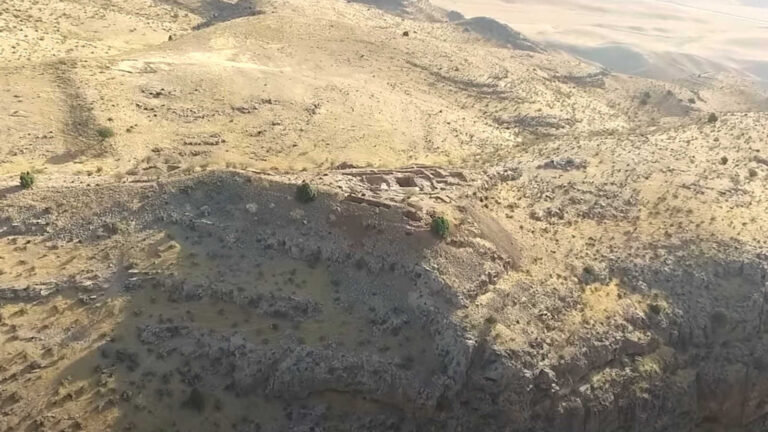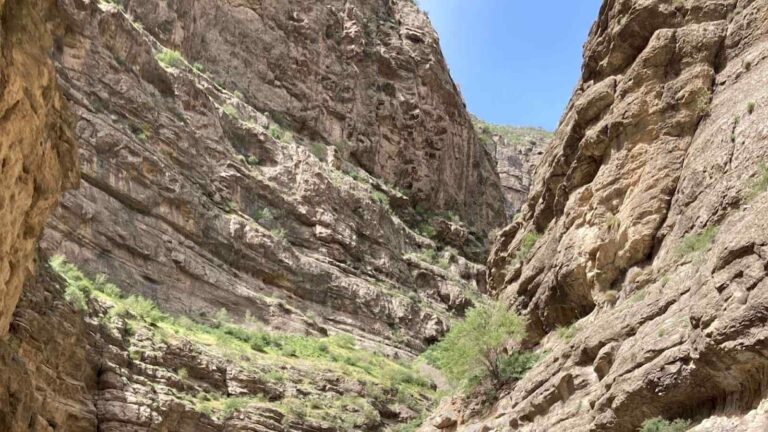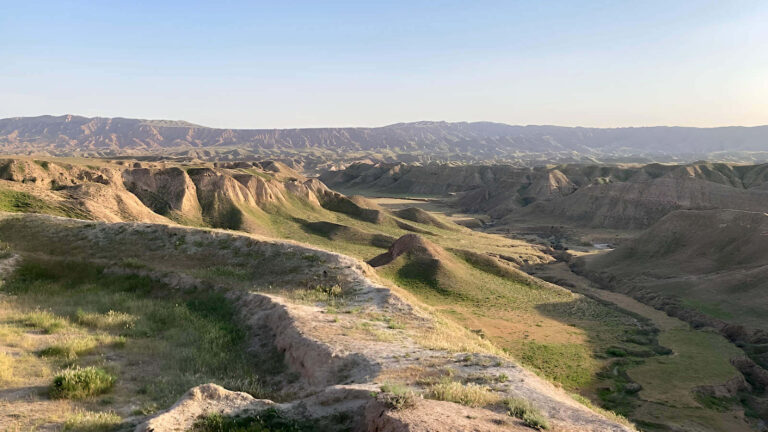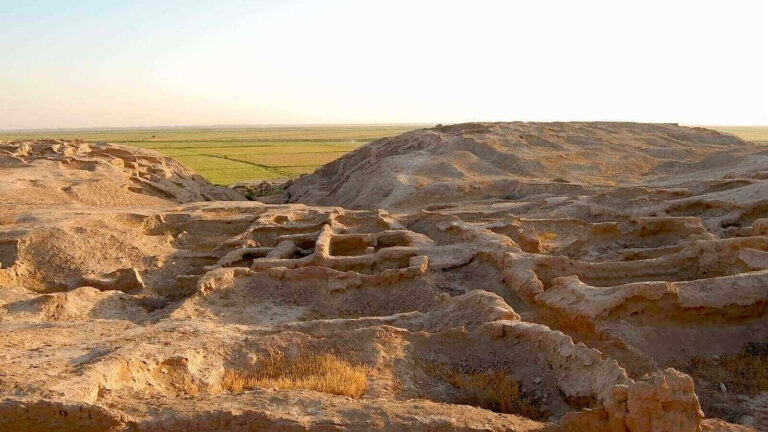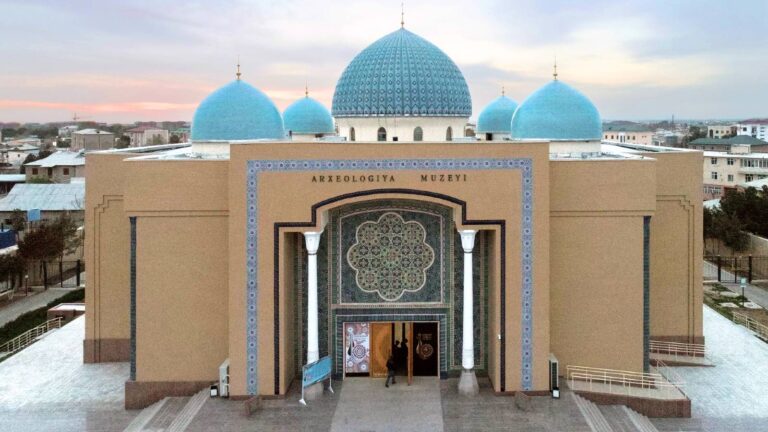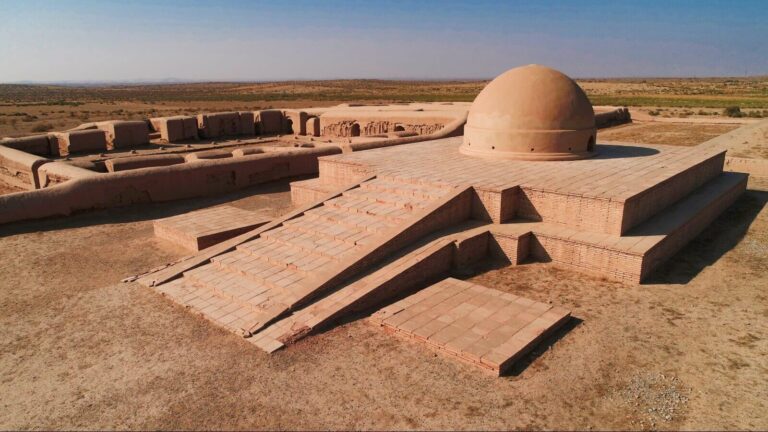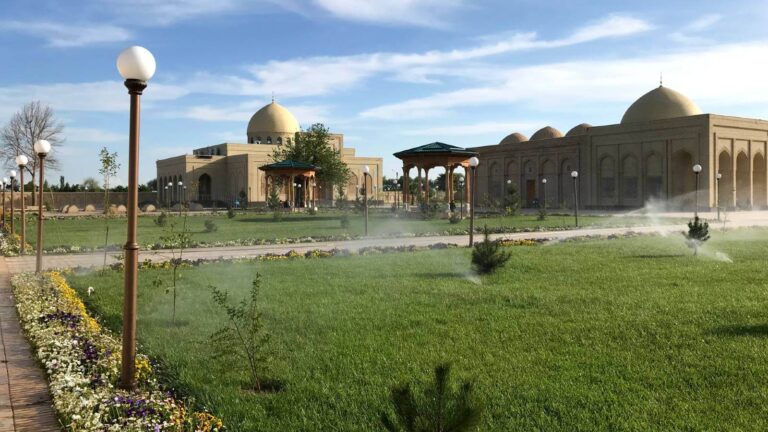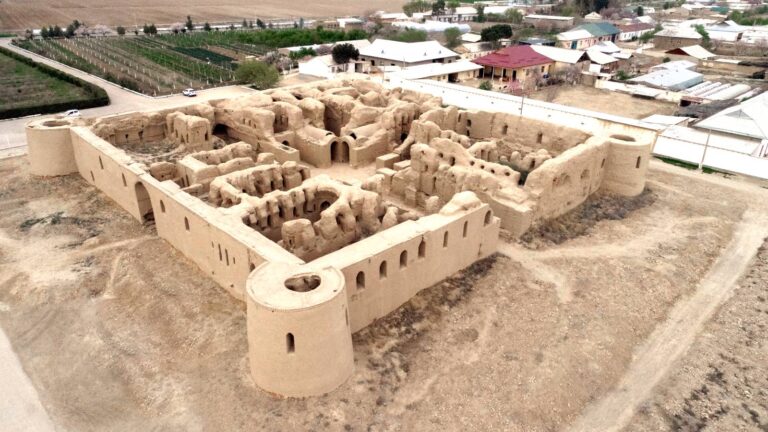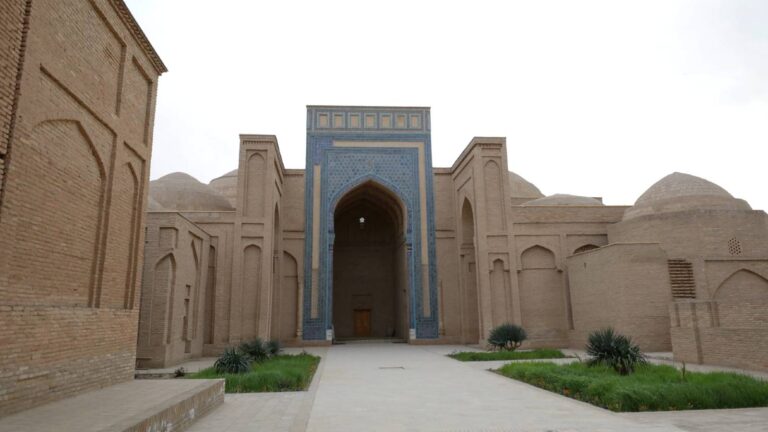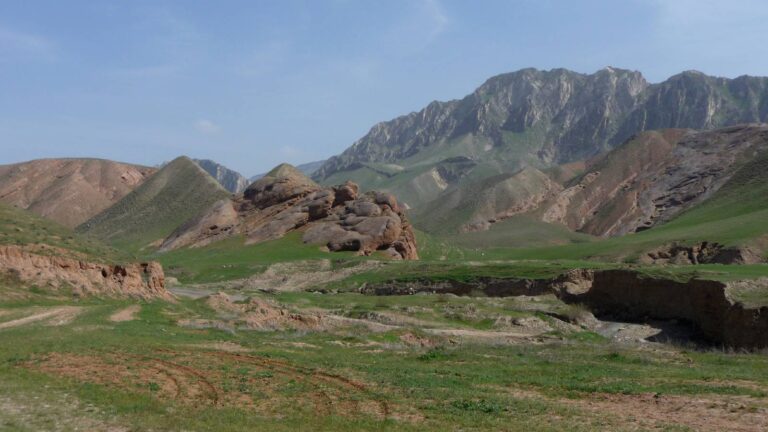Getting There
Travel agencies organize transportation with tour guide or go to the by taxe.
What to Expect
Many niches were found that sheltered sculptures of gold or ceramic Buddhas, and awnings rested on impressive colonnades. Remarkably, some of the Buddha statues are surrounded by a full halo, which became current in Turkestan and East Asia after the Kushan period. A Brahmi inscription was also recovered from the site.
History
Complex Kara-Tepe is recognized as the center of Buddhist culture of the ancient world. Building on three sandy hills, the Karatepa complex is located in the north-west of the Old Termez settlement, with a total area of about 8 hectars. The temple of Kara-Tepe consists of underground and topground cave constructions and the rules of the construction were mastered from Indians. Later, the architectural methods achieved domination.
The constructions in the Kara-Tepe were built during the 1st- 3rd centuries AD. By the end of the 3rd century, The Kara-Tepe assemblage was destroyed. The material, spiritual and artistic objects found here have great significance for the history of Buddhism in Termez, Bactria and Central Asia, and also testified that have made a huge contribution to the global Buddhism culture.

